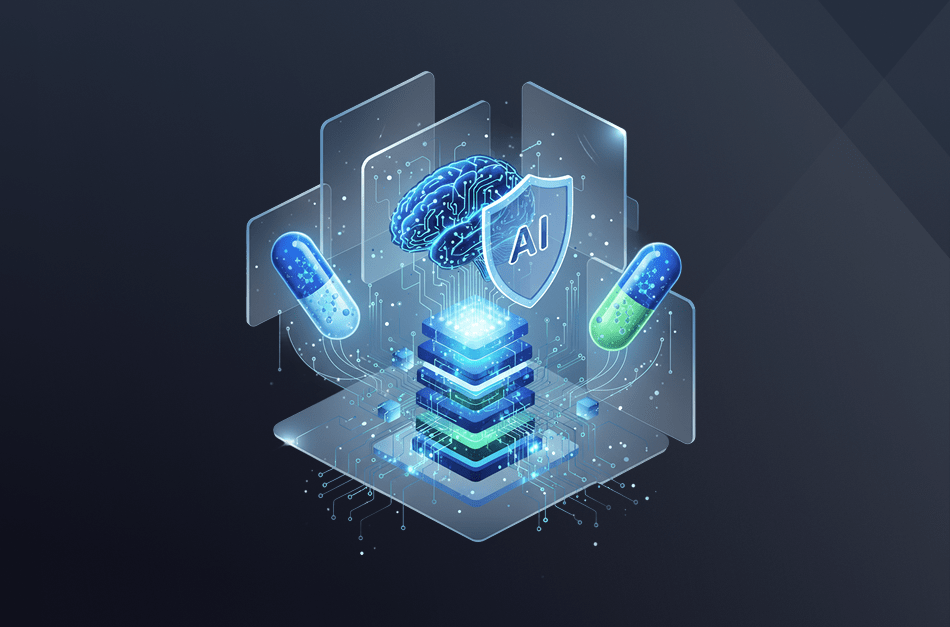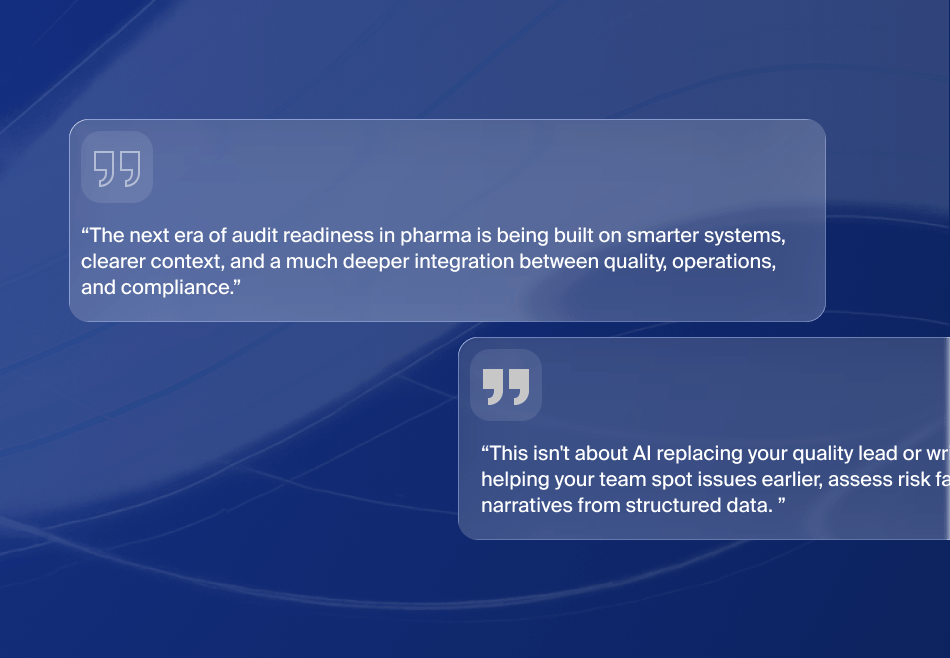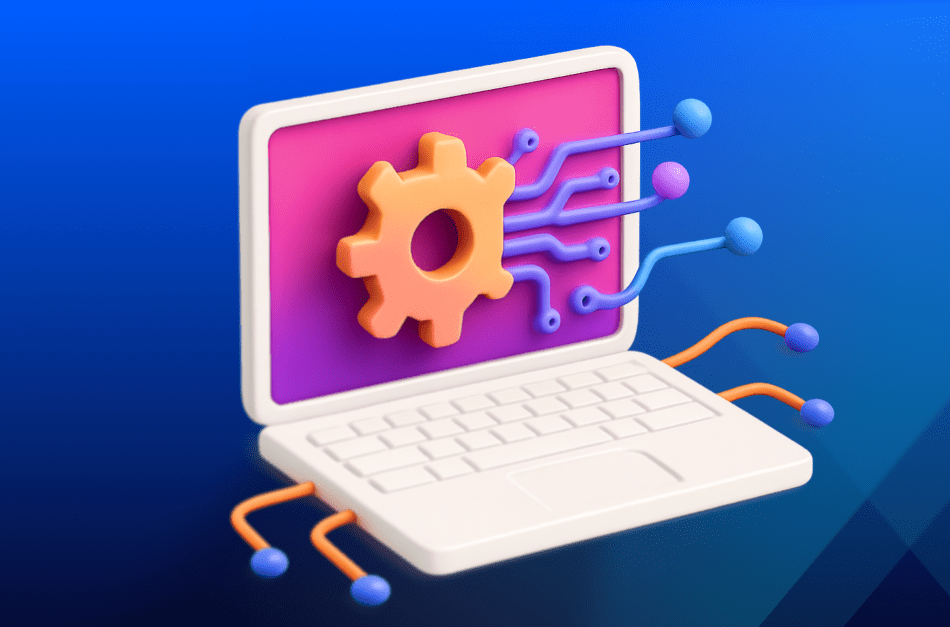Introduction
Creating an Industry 4.0 smart factory requires time, planning, money and employee buy-in. Companies are advised to develop a roadmap showing what they want to do before they start. Improving communication through a digital platform ensures alignment between people, processes, and technology.
Smart factories are facilities using computer technology to transmit real-time status of every machine to a central hub. The data is used to make decisions on the spot, avoid production delays, and provide opportunities to improve efficiency.
In these factories, a combination of electronic sensors connected to a computer network provides a constant flow of information. When combined with artificial intelligence software, the computers make autonomous decisions, improving chemical plant production.
In the United States alone, 86 percent of manufacturers believe that smart factories will be the main driver of competition by 2025.
How it Works
Enhanced communication between machines means: Receiving tells Procurement what raw materials arrived and when. Procurement knows what supplies are on-hand and what must be ordered. Machine A has the materials it needs to create products. Machine B is working on a different product instead of being idle while waiting on Machine A. Machines A through Z are programmed to perform their jobs and let human workers know when potential problems may occur. Sales knows what finished products are available for shipping and what is in the pipeline. Customers know when they can expect deliveries in the time and quantities they require. Best of all, this information is available in real-time, so everyone knows potential problems and how they can work around them.
Acquiring data from the industrial internet of things (IIoT)-enabled devices and rapidly analyzing it turns standard factories into smart chemical plants.
These plants can rapidly view their entire supply chain from inventory to production to sales. Having the ability to keep track of production flow and ensure the supply chain flows smoothly is the function of specialized software such as Microsoft Dynamics Supply Chain Management.
Converting an existing plant using older manual devices, though, takes time, effort and money. Thought and a lot of planning are required to bring an analog factory up to this level gradually.
Critical smart technologies include hardware components such as sensors, industrial internet of things (IIoT) connections, factory floor networking connections and cabling plus data storage for millions—possibly billions—of datasets. Company computers—either on-premises or connected via the cloud—require software able to organize and manage the data using artificial intelligence. One such product is Microsoft Dynamics Supply Chain Management.
Figure: 1 Working of a Connected Factory
Industry 4.0
As part of the Fourth Industrial Revolution, commonly known as Industry 4.0, smart factories build on computerization added to manufacturing processes in the mid 20th Century’s Third Industrial Revolution.
Above and beyond automating individual machines, Industry 4.0 smart chemical plants have:
- Dramatically increased data collection, allowing more accurate decision-making.
- Increased automation to encompass entire production runs. This produces goods more efficiently, including during times when humans are not present.
- Improved flexibility allowing factories to mass-produce lots in any size from one unit on up.
5% Percentage of factories are fully “smart”.
30% Percentage of factories are being updated to smart status.
65% Percentage of factories are not making progress toward smart status.
Smart Factory Challenges
Factory owners face several potential barriers to converting an existing facility into a smart factory running more efficiently with minimal downtime and defects. These barriers may include:
- Employees accepting ongoing training and developing needed skills. Deloitte estimates a 2 million worker shortage in the US alone over the next decade.
- The cost of updating factory floor machines to include sensors and information sharing capabilities. Some existing machines can be modified, while others may require replacement.
- Networking all data collection points to ensure a smooth, continuous information flow. The information can flow to a central server on the premises or remotely.
- Accepting the concept that smart factories cover the entire company, not just the production floor.
- Ensuring all updated devices are compatible and can be integrated into a complete network.
Leading the Conversion Change
Some companies appoint “change champions” to lead their company into the smart factory 4.0 era. These people are often tasked with making the technology updates relevant to workers.
Change champions, which Deloitte’s research suggests, should be from the top-down (e.g., upper managers) and bottom-up (e.g., factory workers), help gain employee buy-in.
Their chief focus is answering the question, “What’s in it for me?” from individual workers’ perspectives. For example, change champions explain how mastering automation gives workers the ability to head off potential problems before they occur. Fewer problems in the production process mean greater output—and likely more sales—which benefits the entire company.
Change champions also explain to staff how they will benefit by gaining the new skills smart factories require. Additional training equals more skills and that translates to more opportunities for improved pay and job security.
Chemical Plant Automation Devices
One step existing factories must take to become smart chemical plants is updating equipment. For example, valves that factory workers open and close manually should be replaced by semi-conductor enhanced valves that do it automatically.
Among the many chemical treating instruments required to provide a smart factory technology with the information it needs are:
- Smart pressure transmitters equipped with microprocessors and semiconductor pressure sensors that can directly measure pressure in pipes.
- Microprocessor-equipped differential pressure transmitters to measure flow rates, pressure and liquid levels of gases, fluids and steam.
- Flowmeters for measuring gas, steam and liquid, including vortex models that permit correcting temperature and pressure.
- Level transmitters equipped with microprocessor sensors for measuring levels in liquids.
- Control valves such as eccentric three-way rotary valves for mixing or dividing fluids.
- Temperature controllers to ensure temperatures are within a device’s operating range and notify personnel of potential equipment problems before they occur.
The combination of electromechanical devices such as these with monitoring software lets workers watch conditions on the smart factory floor from literally anywhere: an office in the plant or a laptop on the beach.
Computerized positioners lets trained workers know the deviation between a set valve opening and the actual valve opening. This knowledge helps workers detect signs of impending valve failure before it occurs.
Creating A Roadmap to Success
Companies wanting to update their factory to a smart chemical plant may want to follow a path similar to this one:
- 1.Map a smart manufacturing strategy based on each firm’s specific industry dynamics. Be agile and able to change direction when real values begin emerging.
- 2.Create a smart pilot project with proofs of concept that demonstrate the project’s value to the company. Embrace failure and learn from mistakes.
- 3.Define the required capabilities using a scalable data model. Ensure the technology used in one area communicates with that used elsewhere.
- 4.Identify smart manufacturing insights appropriate to the company, such as cross-functional data analytic teams. Share information between teams to avoid duplicating efforts while gaining additional insights.
- 5.Institutionalize new approaches to prevent older, less efficient methods from creeping back into the updated operations. Show the staff concrete examples of how the technology upgrades are making a proven difference in the chemical plant operations.
Figure: 2 Creating a Roadmap to Success
Key Takeaways
- Converting an existing factory to a smart chemical plant requires time, effort, money and patience. Factory owners and managers must overcome barriers on the way to achieving their goals.
- One of the most important tasks is appointing Change Champions at the top (executive) and bottom (factory worker) levels who work together to get the entire workforce on board.
- Advancing into the Industry 4.0 era means updating devices to provide a constant flow of data. Companies should create a roadmap showing how they will move from their current position to be a smart factory.
Get a consultation on transforming into a smart chemical factory.










